Our Schools
Table of Contents
A comprehensive guide to the different types of shapes, their names, and their significance in math and other areas. This guide is aimed at providing a detailed understanding of geometric shapes and their properties, which is crucial for early childhood education.
Learning about shapes in maths is one of the fundamental concepts in early childhood education. It is the first step toward developing spatial awareness, visual perception, and cognitive development. Children who learn shapes early on are better equipped to navigate the physical world, understand mathematical concepts, and identify and categorize objects based on their properties.
Why Teaching Shapes is Crucial for Early Childhood Development?
Shapes are all around us, and teaching shapes is essential for several reasons. Here are some of the reasons why teaching shapes is so important:
Developing Spatial Awareness:
Shapes are the foundation for spatial awareness, which is the ability to understand and navigate the physical world around us. By learning shapes, children develop spatial skills that help them understand how objects relate to one another in space. This is a critical skill that helps children navigate their environment, solve problems, and succeed in math and science.
Improving Visual Perception:
Identifying shapes requires visual perception skills, which are essential for reading, writing, and many other activities. By learning to identify and distinguish shapes, children improve their visual perception skills, which helps them learn to recognize letters, numbers, and other symbols.
Enhancing Cognitive Development:
Learning shapes also helps children develop their cognitive skills, including memory, attention, and problem-solving. By recognizing shapes, children learn to categorize objects based on their properties, which enhances their ability to think logically and critically.
Preparing for Math:
Shapes are an essential part of math, and understanding shapes is crucial for success in math. By learning shapes, children develop a foundation for understanding geometry and other mathematical concepts. They also learn to calculate the area, perimeter, and volume of shapes, which are fundamental skills for solving math problems.
Boosting Creativity:
Shapes are a fundamental component of art and design. By learning shapes, children develop their creativity and imagination. They learn to identify shapes in the world around them and use them in their artwork and design projects.
In this guide, we will cover a wide range of shapes, including basic shapes like circles, squares, and triangles, as well as more complex shapes like polygons, quadrilaterals, and three-dimensional shapes. We will also discuss the names of shapes and their significance in math, science, and other fields.
56+ Shapes You Need to Know with Pictures:
- Square:
A square is a type of geometric shape that has four equal sides and four right angles. It is a regular polygon, which means that all of its sides are of the same length and its interior angles are all equal to 90 degrees.
- Circle:
A circle is a two-dimensional geometric shape consisting of all the points in a plane that are equidistant from a given point called the center. It is a closed curve with a circumference that is the same distance from the center at any point.
- Rectangle:
A rectangle is a four-sided polygon with two pairs of parallel sides and four right angles (90 degrees each). It is a type of quadrilateral and a parallelogram, with opposite sides that are congruent and parallel to each other.
- Triangle
A three-sided polygon is known as a triangle. It has three internal angles, and the sum of these angles is always 180 degrees. It is a fundamental shape in geometry, often used to model real-world objects such as pyramids, roofs, and traffic signs. Triangles can be classified by the length of their sides (equilateral, isosceles, or scalene) or by the measure of their angles (acute, right, or obtuse).
- Oval
An oval is a two-dimensional shape that is similar to a circle, but elongated in one direction. It has a curved outline, with no straight sides or corners, and two equal and opposite axes of symmetry.
- Pentagon
A pentagon is a five-sided polygon with five angles that add up to 540 degrees. It is a type of irregular polygon, where each side may have a different length and each angle may have a different measure.
- Hexagon
A hexagon is a six-sided polygon with six angles that add up to 720 degrees. It is a type of regular polygon, where all six sides have the same length and all six angles have the same measure (120 degrees).
- Heptagon
A heptagon is a seven-sided polygon with seven angles that add up to 900 degrees. It is a type of irregular polygon, where each side may have a different length and each angle may have a different measure.
- Octagon
An octagon is an eight-sided polygon with eight angles that add up to 1080 degrees. It is a type of regular polygon, where all eight sides have the same length and all eight angles have the same measure (135 degrees).
- Nonagon
A polygon with nine sides is called a nonagon, and it has nine internal angles with a total sum of 1260 degrees. It is a type of irregular polygon, where each side may have a different length and each angle may have a different measure.
- Decagon
A decagon is a ten-sided polygon with ten angles that add up to 1440 degrees. It is a type of regular polygon, where all ten sides have the same length and all ten angles have the same measure (144 degrees).
- Sphere
A sphere is a 3D object with a perfectly round shape. It consists of all points in space that are equidistant from a fixed point, known as the center. The surface of a sphere is called a spherical surface, and its properties are studied in geometry and math.
- Cube
A cube is a geometric solid with six square faces, twelve edges, and eight vertices. It is a regular solid object, which means that all its faces, edges, and vertices are equal in size and shape.
- Cone
A cone is a three-dimensional geometric shape that has a circular base and a curved surface that narrows gradually and smoothly towards a point, which is called the apex. It is a geometric shape that is used to model real-world objects such as ice cream cones and traffic cones.
- Cuboid
A cuboid is a three-dimensional solid shape that is characterized by six rectangular faces, each of which meets at right angles. It is also called a rectangular prism. A cuboid is used to model real-world objects such as shoeboxes, books, and television sets.
- Cylinder
A cylinder is a three-dimensional geometric shape that has two identical circular bases and a curved surface that connects the two bases.
- Pyramid
A pyramid is a three-dimensional shape with a polygonal base and triangular faces that connect at a central point or vertex. A pyramid takes its name from the shape of its base.
- Rectangular Prism
A rectangular prism is a solid geometric shape with six faces, all of which are rectangles. The opposite faces of the rectangular prism are parallel and equal in size. A rectangular prism is also called a rectangular cuboid or a rectangular parallelepiped.
- Trapezoid
A trapezoid, also known as a trapezium, is a four-sided polygon with two parallel sides and two non-parallel sides. It is a type of quadrilateral that has one pair of opposite sides parallel.
- Parallelogram
A parallelogram is a four-sided polygon with opposite sides that are parallel and equal in length. Its opposite sides have the same length and are parallel to each other.
- Kite
A kite is a quadrilateral shape that has two pairs of adjacent sides that are equal in length. It has one pair of opposite angles that are equal in measure. The other pair of opposite angles are also equal but not necessarily the same measure as the first pair.
- Arrow
An arrow is a graphical symbol that consists of a straight line with a pointed end, called an arrowhead. Arrows are commonly used to indicate direction or point to a specific object or location.
- Crescent
A crescent is a curved, moon-shaped object that appears in the sky during certain phases of the moon.
- Cross
A cross is a geometric shape consisting of two perpendicular lines intersecting each other.
- Quadrilateral
A quadrilateral is a two-dimensional geometric shape that has four sides, four vertices, and four angles. The total of the angles inside it always adds up to 360 degrees.
- Rhombus
A rhombus is a four-sided geometric shape with equal sides and opposite angles that are equal to each other.
- Right Triangle
A triangle with one angle measuring 90 degrees is known as a right triangle. The side opposite the right angle is the longest side, known as the hypotenuse.
- Ring
A ring is a geometric shape that resembles a circular band. It has a round shape with a hollow center and is formed by two concentric circles.
- Semicircle
A semicircle is a two-dimensional geometric shape that is formed by cutting a circle into two equal parts along a diameter, resulting in a half-circle.
- Star
A star is a geometric shape made up of several lines connecting to form a symmetrical pattern.
- Trapezium
A trapezium is a four-sided, flat, geometric shape with two sides parallel and two sides non-parallel. It is also known as a trapezoid in some regions.
- Diamond
A diamond is a colorless and brilliantly bright mineral that has a crystalline structure and is the hardest naturally occurring substance. It is a solid compound made up of crystalline carbon.
- Hemisphere
A hemisphere is a three-dimensional geometric shape that resembles half of a sphere, with a curved surface and a flat circular base.
- Hexagonal Pyramid
A hexagonal pyramid is a polyhedron with a hexagonal base and six triangular faces that meet at a single point above the base called the apex.
- Octahedron
An octahedron is a polyhedron with eight faces, each of which is an equilateral triangle. It has 6 vertices and 12 edges.
- Tetrahedron
A tetrahedron is a geometric solid made up of four triangular faces. At each vertex, three of the triangular faces meet. It is the simplest type of polyhedron, with each face being an equilateral triangle.
- Minus
Minus is a mathematical symbol that represents subtraction, or taking away one number from another. It is commonly symbolized by the hyphen (-).
- Plus
Plus sign (+) is a mathematical symbol used to indicate addition, representing the operation of combining two or more quantities or values. It is commonly used in arithmetic and algebra to represent the sum of numbers or variables.
- Multiplication
Multiplication is a basic arithmetic operation performed to determine the total value of several equal-sized groups or to find the product of two numbers. It is represented by an asterisk (*) or the letter “x.”
- Ellipse
An ellipse is a closed curve in a plane, resembling a stretched-out circle, with two main axes of symmetry intersecting at its center.
- Trefoil
A trefoil is a shape that is composed of three overlapping loops. It is a common design element in various fields, including art, architecture, and nature. In mathematics, it is used to represent knots with three crossings.
- Scalene Triangle
A scalene triangle is a polygon with three sides of varying lengths and three angles of different measures. It is a type of irregular triangle that does not have any sides or angles that are equal
- Isosceles Trapezoid
An isosceles triangle is a three-sided polygon with two equal-length sides and two equal angles opposite those sides. It has two pairs of congruent angles and one pair of parallel lines.
- Isosceles Triangle
An isosceles triangle is a triangle with two sides of the same length and two angles opposite those sides that have the same measure. The third side, commonly referred to as the base, usually has a distinct length.
- Equilateral Triangle
An equilateral triangle is a triangle in which all three sides are of equal length and all three angles are of equal measure, specifically 60 degrees. It is a regular polygon and one of the simplest geometric shapes.
- Obtuse Triangle
An obtuse triangle is a triangle with an angle greater than 90 degrees, also known as an obtuse angle. This type of triangle has two acute angles and one obtuse angle.
- Acute Triangle
An acute triangle is a type of triangle where all three of its angles are acute angles, which means they measure less than 90 degrees. In other words, an acute triangle is a triangle with three acute angles.
- Pentagram
A pentagram is created by connecting five straight line segments in a continuous manner, resulting in a five-pointed star shape.
- Hexagram
A hexagram is a six-pointed star, formed by two overlapping equilateral triangles.
- Octagram
An octagram is a geometric figure consisting of an eight-pointed star formed by two squares that intersect at a 45-degree angle. It is also known as an eight-pointed star or an octangle.
- Parabola
A parabola is a type of curved shape that results from cutting a cone by a plane that is parallel to one of its sides. It has a line of symmetry, called the axis of symmetry, which passes through the focus and the vertex.
- Hyperbola
A hyperbola is a type of conic section formed by the intersection of a plane with two separate but symmetrical cones. It is characterized by a curve that resembles two mirrored U-shapes opening in opposite directions.
- Dodecahedron
A dodecahedron is a polyhedron with twelve pentagonal faces, thirty edges, and twenty vertices in three dimensions. It is a regular polyhedron, meaning that all of its faces are congruent regular pentagons and all of its angles and edges have the same length.
- Icosahedron
An icosahedron is a three-dimensional solid shape with 20 faces. It has 12 vertices, 30 edges, and each face of this three-dimensional shape is an equilateral triangle. It is a regular polyhedron, meaning that all its faces are congruent and all its edges have the same length.
- Tetrahedron
A tetrahedron is a three-dimensional geometric shape made up of four triangular faces, four vertices, and six edges. It is one of the five Platonic solids and has the fewest number of faces.
- Rhombicuboctahedron
A rhombicuboctahedron is a polyhedron with 26 faces, consisting of 18 square faces and 8 triangular faces. The shape has a total of 24 vertices and 48 edges.
Conclusion:
In conclusion, understanding the different shapes and their properties is an important aspect of mathematics, science, engineering, and design. This comprehensive guide has covered 55+ shapes, ranging from basic geometric shapes to more complex ones. At Ekya Schools, we believe in providing the best education to our students, which includes a thorough understanding of shapes and geometry. By providing a picture-perfect guide to shapes, we hope to inspire students to explore and appreciate the beauty and complexity of the world around them. As one of the best kindergarten schools in Bangalore, Ekya Schools strives to provide its students with the best education possible and this guide is just one of the many resources we offer to achieve that goal.
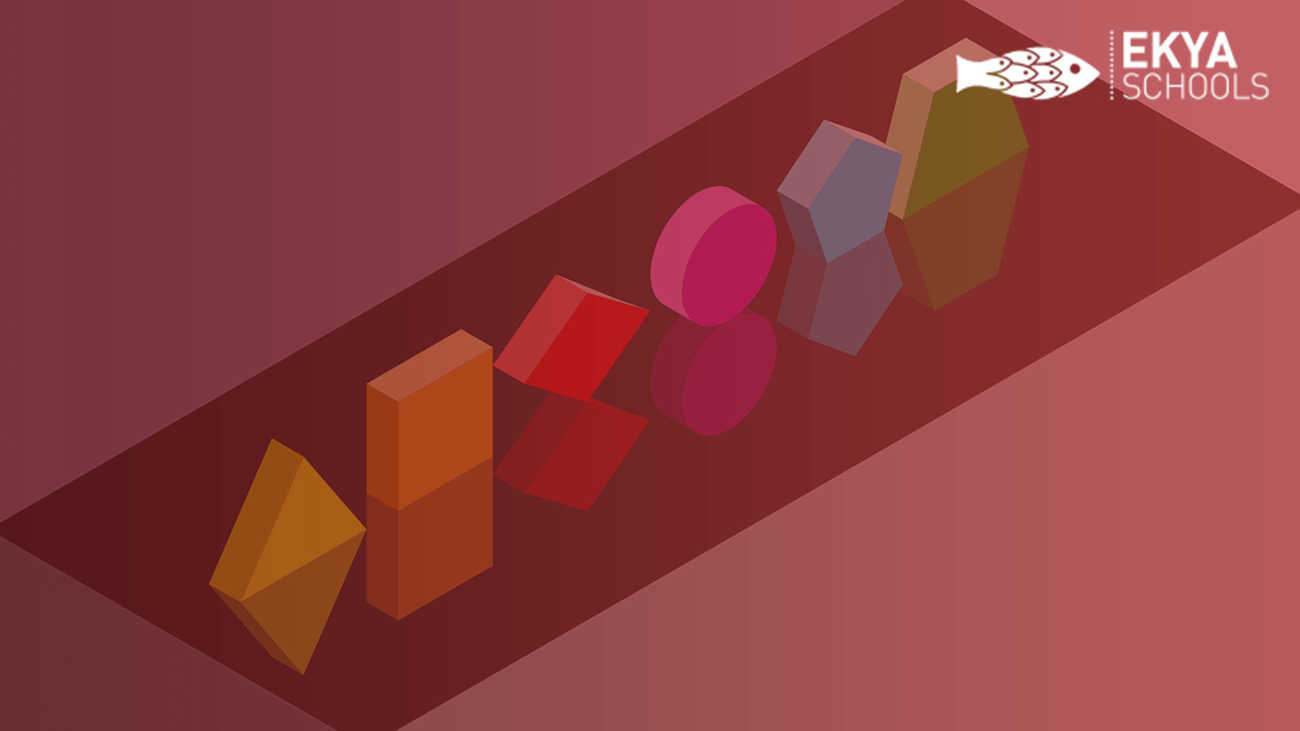




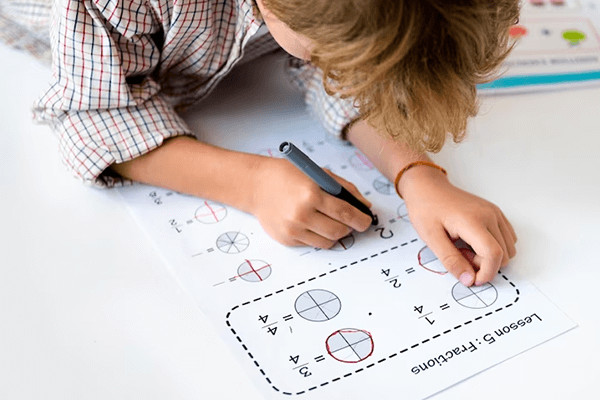






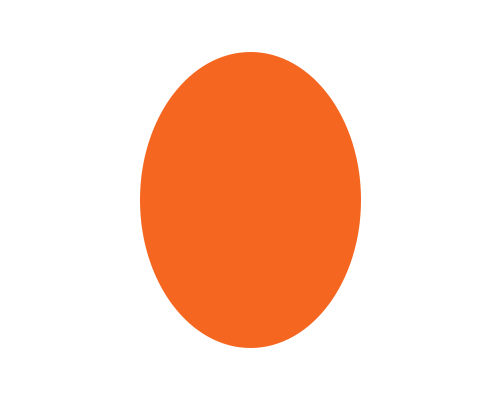
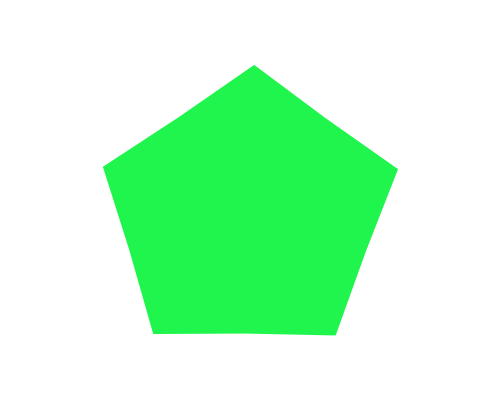





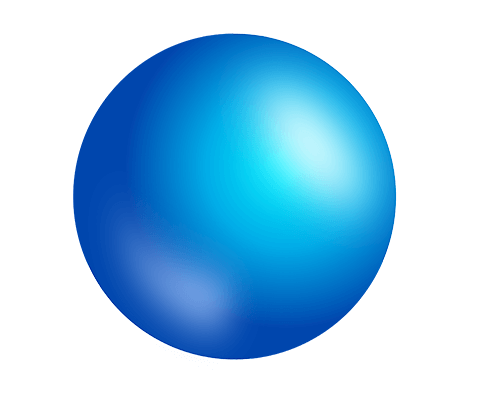
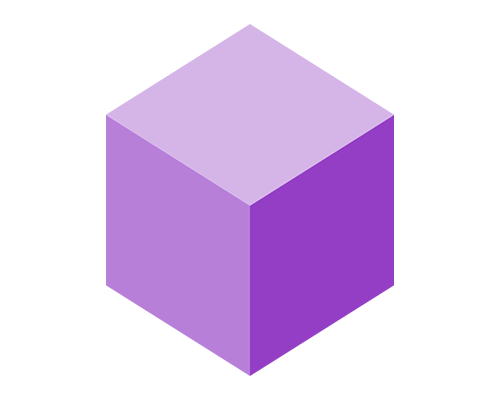
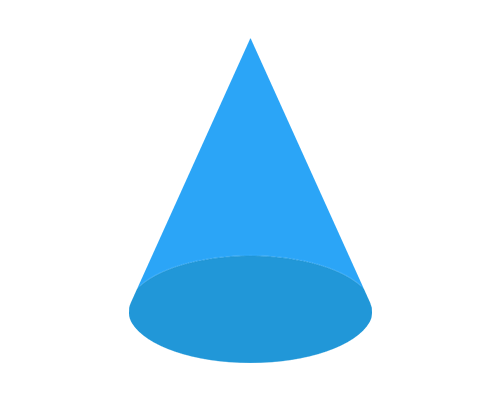
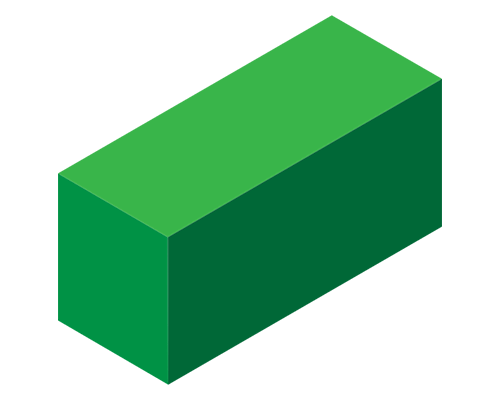
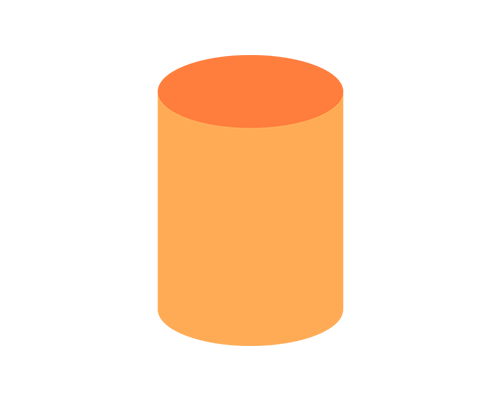
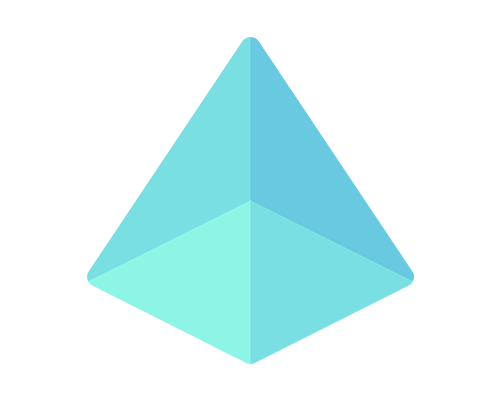
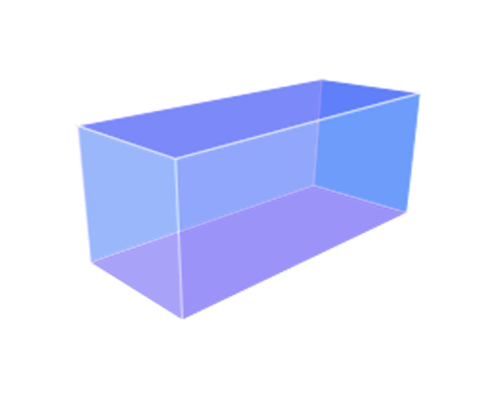
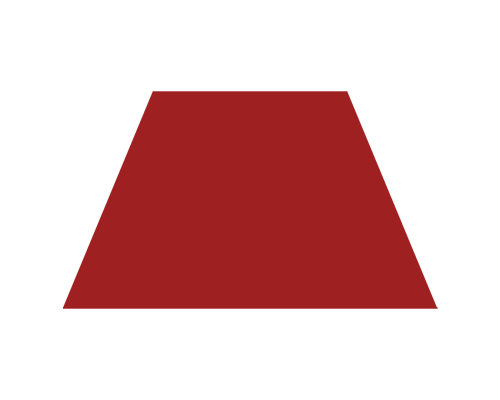




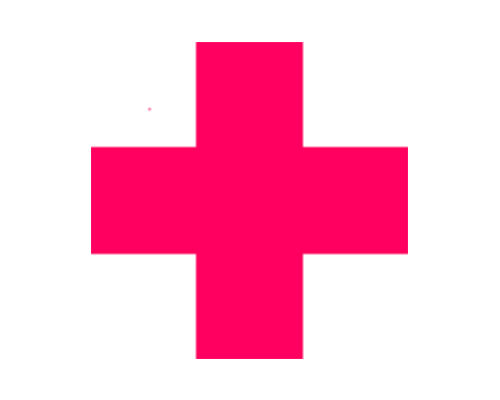
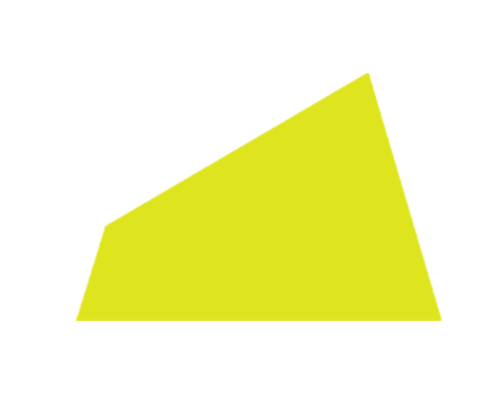
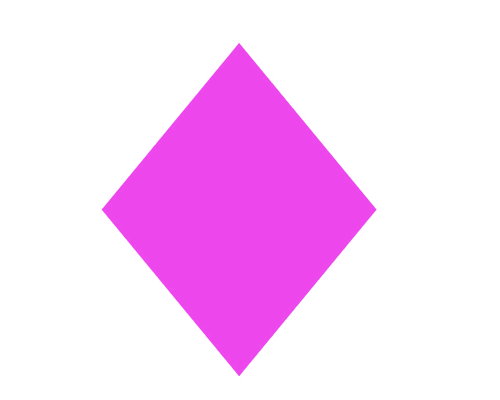
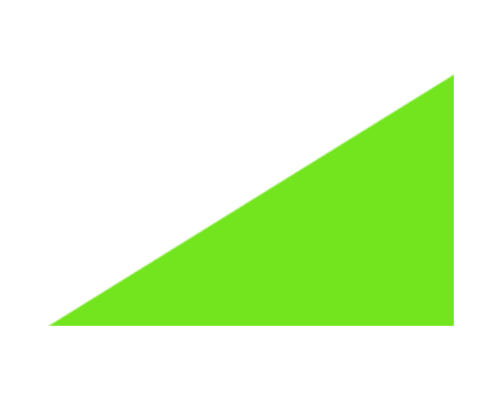



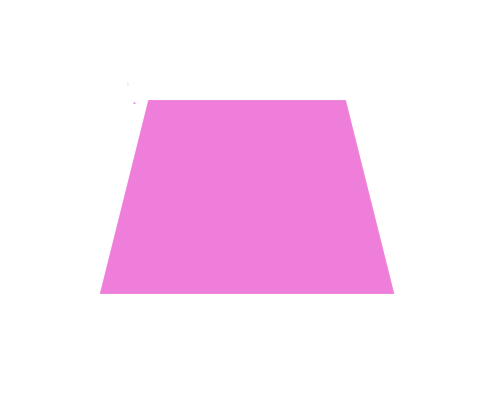

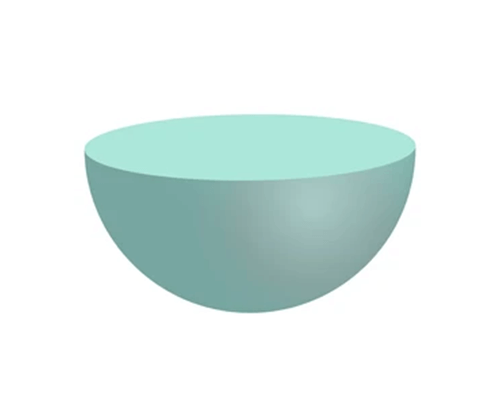
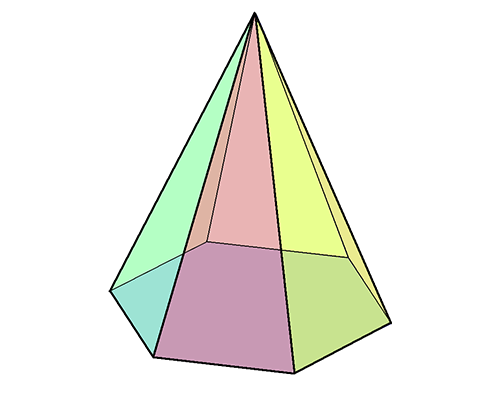
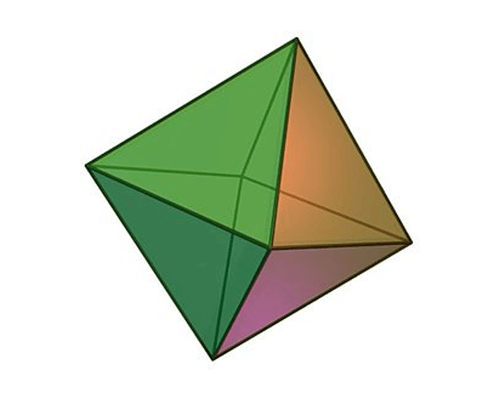
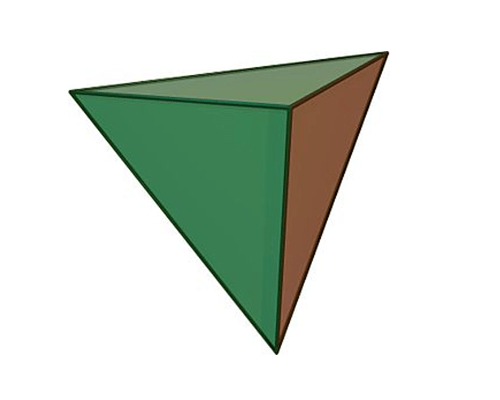





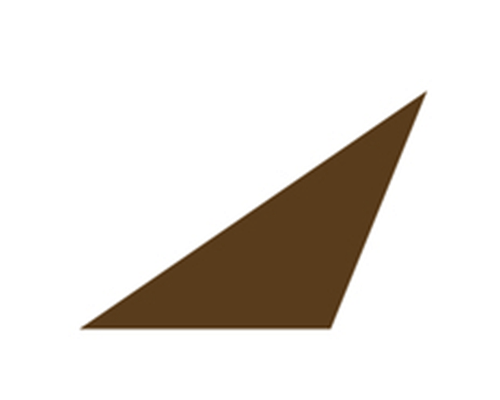
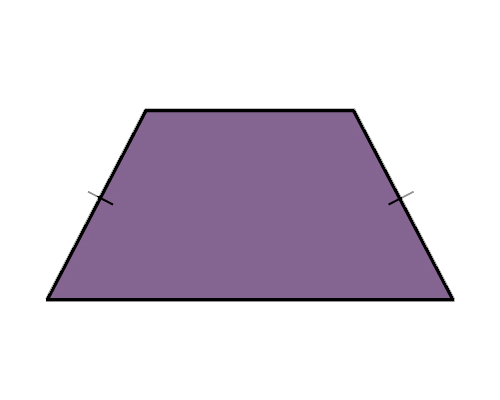
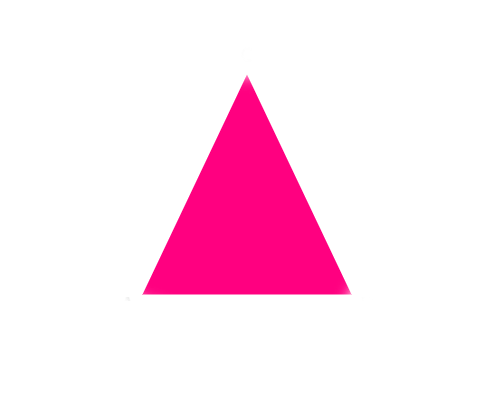

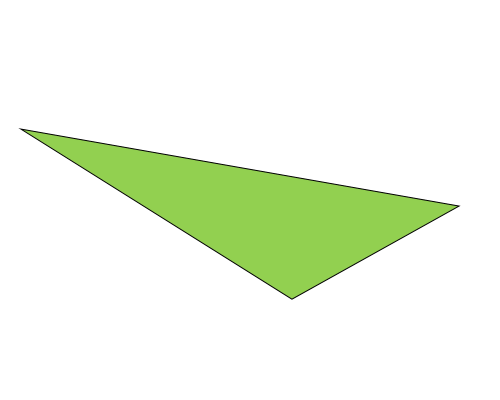
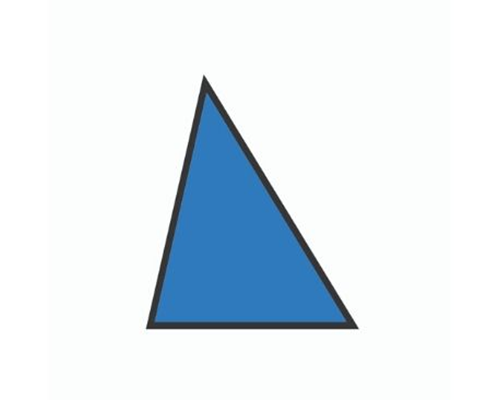
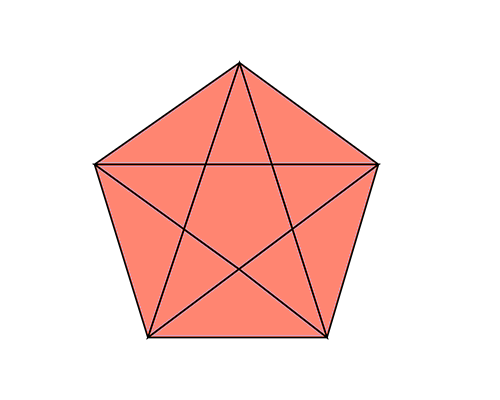
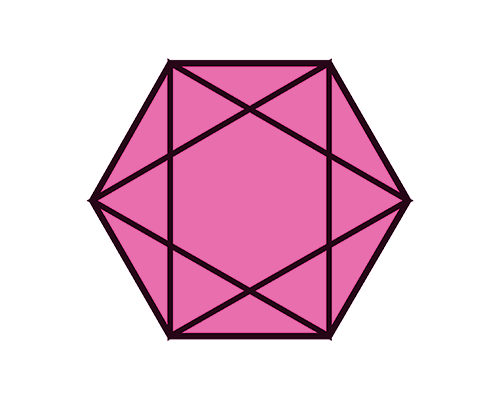
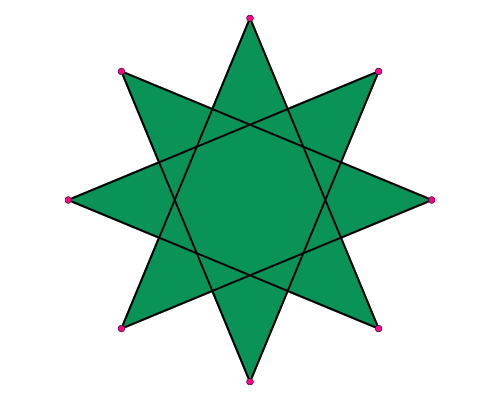
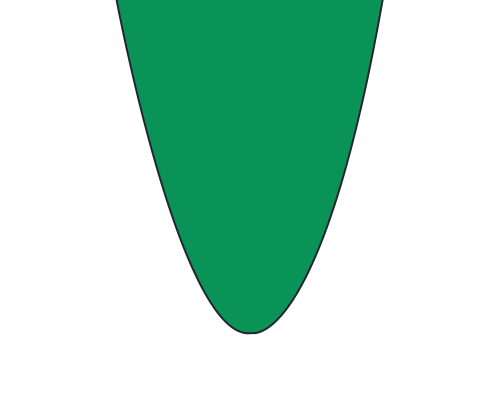
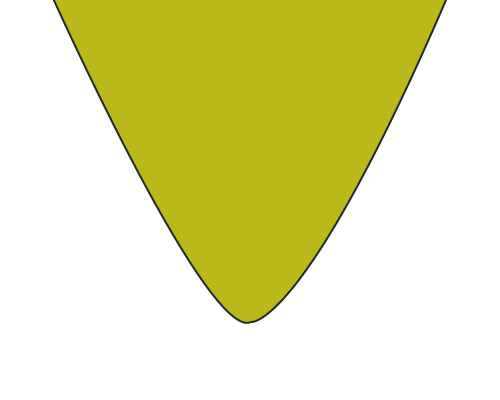
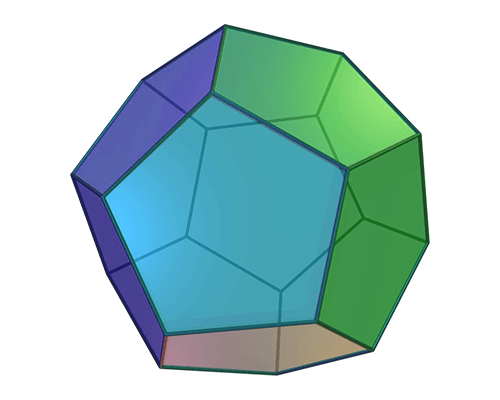
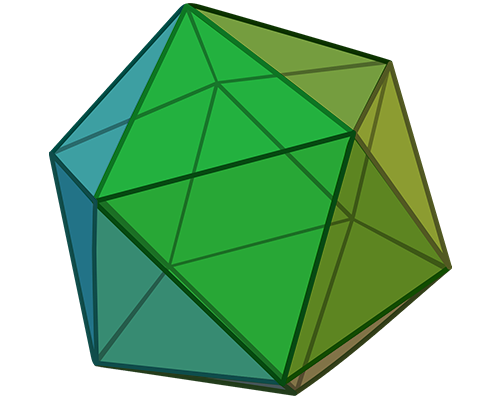

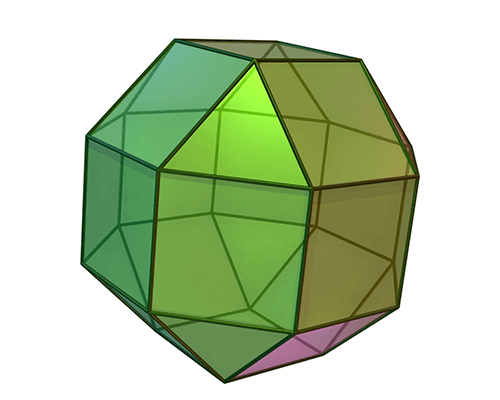







Leave a reply